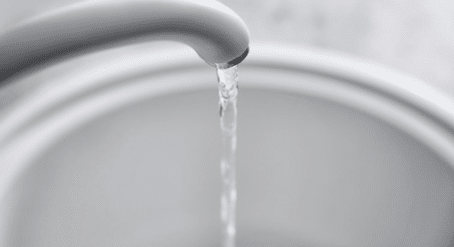What Are Tips For Water Leak Detection In The Kitchen In San Diego?

Plumbing leaks can be a real pain, not to mention the costly water damage they can cause. But with a little know-how, you can easily detect plumbing leaks in your kitchen before they turn into an expensive problem.
Check For Water Stains
One of the first places to check for water leaks is under your kitchen sink. Look for any water stains on the cabinet floor or walls. These could be a sign of a hidden leak.
Feel For Dampness
Another way to check for leaks is to feel around for dampness or moisture. If you suspect there’s a leak, put your hand on various parts of the pipe and feel for wetness.
Listen For Dripping Sounds
Leaks often make dripping sounds. If you hear water dripping, it’s a good idea to investigate the source of the noise.
Look for Mold Or Mildew
Mold and mildew love damp environments, so if you see these growths around your plumbing, there’s a good chance there’s a leak.
Check Your Water Bill
An unexpectedly high water bill could be another sign that you have a plumbing leak. If you suspect a leak, compare your current water bill to past bills. A sudden increase in usage is often a tell-tale sign of a leak.
Inspect Exposed Pipes
If any of your pipes are exposed, it’s a good idea to inspect them for leaks. Look for any water stains or drips.
Test Your Faucets
Leaks can often be found in faucets. To test for a leak, turn on your faucet and wait for the water to reach its full flow. Then, turn off the faucet and see if the water continues to drip. If it does, you likely have a leaky faucet.
Check Your Toilet
Leaky toilets are one of the most common sources of plumbing leaks. To check for a leaky toilet, put a few drops of food coloring in the tank and wait 15 minutes. If the color appears in the bowl, you have a leak.
Inspect Your Dishwasher
Dishwashers can also develop leaks. To check for leaks, open up the dishwasher and inspect the door seal and hoses for any signs of water damage.
Inspect Your Washing Machine
Washing machines are another common source of plumbing leaks. To check for leaks, take a look at the hoses that connect your washing machine to the water supply. Look for any cracks or leaks.
Check Around Your Sink
Leaky sinks are another common problem. To check for a leaky sink, inspect the area around the base of the sink for any water stains or drips.
Inspect Your Refrigerator
Refrigerators with automatic ice makers are another common source of plumbing leaks. To check for leaks, take a look at the water line that runs to your refrigerator. Look for any kinks or cracks.
Check Your Garbage Disposal
Garbage disposals can also develop leaks. To check for leaks, inspect the area around the base of the disposal for any water stains or drips.
Conclusion
Leaks can be a major pain, but with a little know-how, you can easily detect them before they cause serious damage. By following these tips, you can stay on top of your plumbing and avoid costly repairs down the road. For more information, contact 1st Response Plumber at (858) 203-0930.


